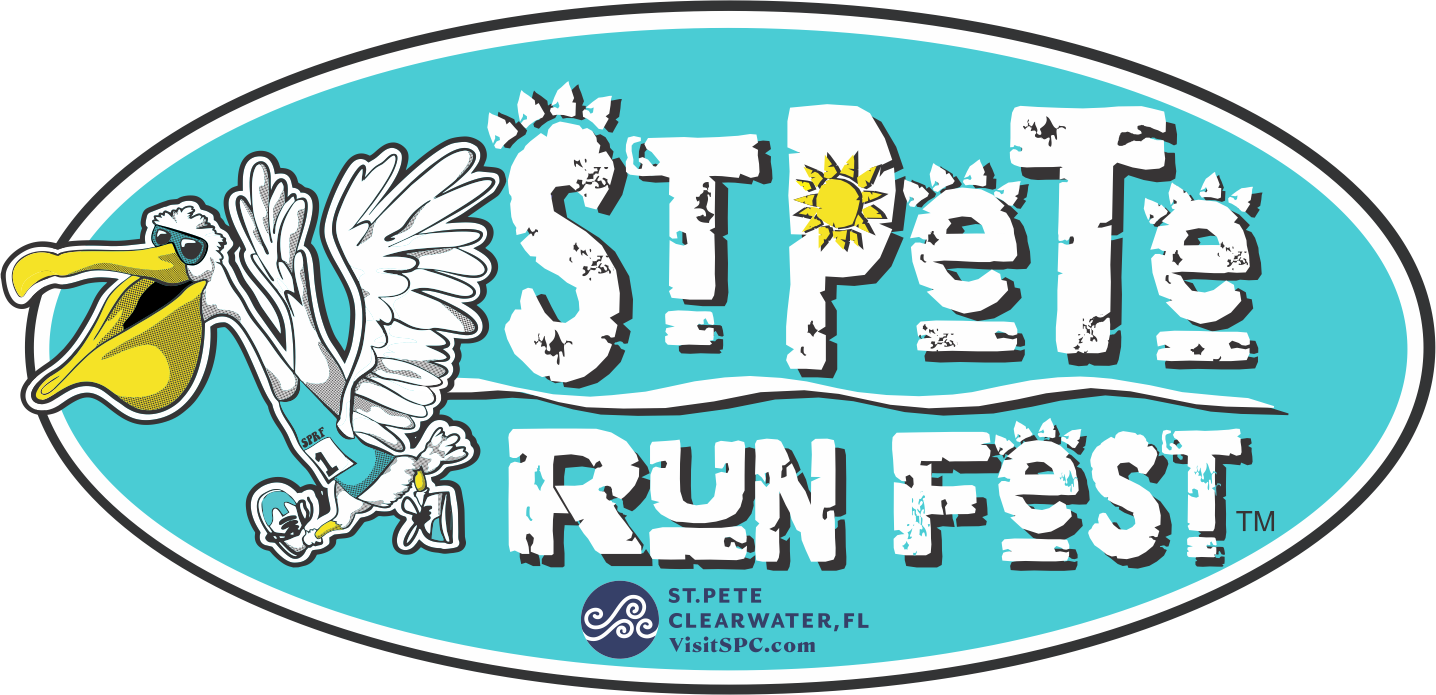By Terri Rejimbal, RRCA
Remember how your mother would scold you for not standing up straight and encouraged you to walk around the house with a book on your head? Well she wasn’t wrong. Perfect posture makes you look taller, slimmer, more confident, and gives your diaphragm and rib cage more room to expand when performing daily activities such as standing, walking, sitting…and running!
I recently returned from Africa where I had an opportunity to see and experience first hand the method of “head carry”. Carrying on the head is common in many parts of the developing world when vehicles are not available to transport goods. In Africa, the women carry sticks, produce, basket of grains, and even 5-gallon buckets of water on their head! Every component of their form is in synch to keep their load from spilling. It’s a real test for body alignment. You can not have poor posture or the bucket will not stay on your head, precious water will spill.
A similar situation can occur while running. Our bodies function as a collection of “moving parts” that if not in synch, the fatigued accumulated during a run can result in your body adopting a sloppy form, leading to compensation, poor performance, and putting you at risk for injury.
So let’s begin with a refresher on basics and tips to improve your form!
Run Tall simply means being upright and balanced. An upright position promotes ideal lung capacity and stride length. As you begin to run, your head is up and eyes looking ahead 8-15 feet in front of you. Shoulders are low and loose, and your back is comfortably straight. Think of someone pulling a string up from your head lengthening your neck and pulling your chest forward. With your back straight, hips should be tucked forward and abdominals tightened as if punched in the stomach. While running picture your pelvis as a bowl filled with water, and try not to spill the water by tilting the bowl. Arms should be down by your side, elbows bent at 90-degrees, and hands loosely cupped.
Be mindful that as you tire, the tendency is for your shoulders to creep up toward your ears, to slouch, or to lean too far forward putting pressure on your lower back and throwing the rest of your lower body out of alignment.
Here’s an exercise that I like to do to keep my form in check:
Keeping the head up, ears in line with shoulders, and imagine you have something balanced on your head, maybe an egg or a 5-gallon bucket of water. Now try to keep the position steady with no exaggerated movement from your foot strike or shoulders. I like to use my pony-tail as my guide, aiming for less “tail” swing and low to the ground. Running in a shadow is a good way to double-check if my “pony” swings too much side to side or up and down.
Arm Swing/Elbows Back Your arms should swing in a back and forth motion from your shoulders and not your elbows propelling you forward. Driving your arms forward and back cues the torso upward/forward, feet to land under your center, and legs push backward to drive you forward.
Elbows should be bent at about 90-degree angle and point backward, not outward. Hands should be kept about waist level almost grazing your hips. Be aware that crossing your arms too far across your body’s centerline causes your torso to twist side to side and your feet will follow in a side to side pattern. This is counter-productive for a forward direction.
An exercise I like to do is take 1-5lbs hand weights and swing arms forward and back mimicking the running motion. You will immediately know if you are crossing your arms in front of your body – the weights will smack you at the hip bones! An alternative is to take 2 golf balls, one in each hand, and carry them while running. If you’re swinging your arms correctly, the golf balls should not strike either hip bone.
Silent Foot Strike Has anyone in your running group ever told you they can “hear” you coming? If so, it’s time to stop working so hard, reduce impact, and develop a more efficient stride that’s quick, soft and light.
Recently, I heard someone tell another runner pretend you are running on eggshells. Visualizing this image as you run will help you stay light on your feet.
Running silently and softly reduces the amount of reverberation of foot impact on muscles and bones from landing strike. Studies have shown that by making less noise (foot strike), runners were able to run more smoothly. Many runners expend too much energy trying to push up off the ground with excessive toe and knee lift, thus overstriding. When you overstirde, your feet land in front of your center causing you to brake each step, spending more ground contact time rather than a smooth transition to the next step. By keeping your feet lower to the ground, and using quick, light steps, you’ll reduce foot and leg fatigue, and increase your turnover rate, while using less energy.
Maintaining good form takes practice. However, if you are persistent, your body will reward you by working efficiently as possible, while helping you prevent injury.
So on your next run; envision yourself running on eggshells, a dictionary on your head, and golf balls in each hand.
Terri Rejimbal is a competitive Masters athlete, 3-time Gasparilla Distance Classic half-marathon winner, 6-time Disney Master’s marathon winner, and a New Balance product tester. Terri is a RRCA run coach, CPR/AED certified, and is available for consulting or coaching services. For more information, contact Terri at tarejimbal@gmail.com.
